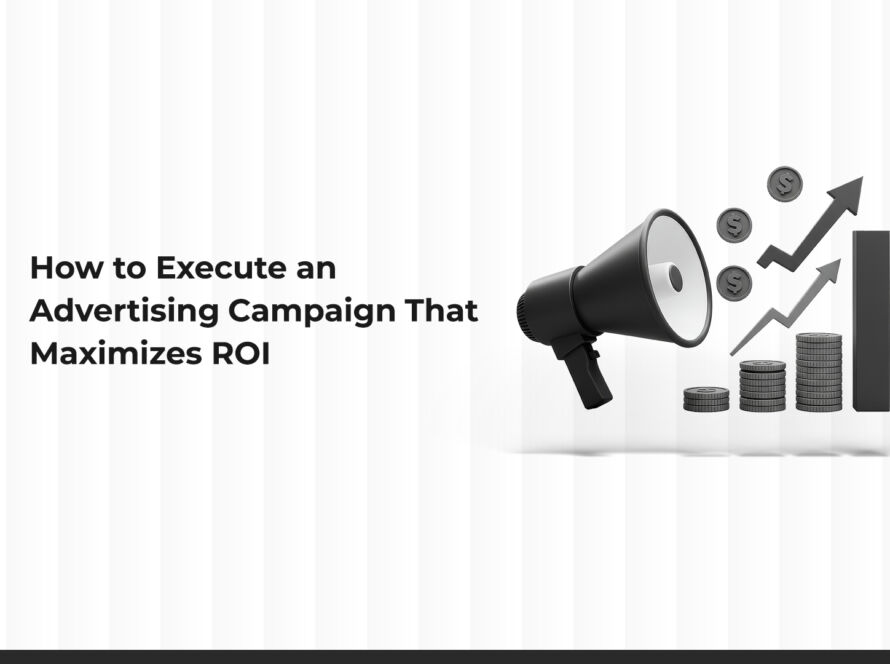In the era of the internet and e-commerce, paid ads have become a key element in the success of any business aiming for widespread exposure and increased sales. With the growing competition online, relying solely on traditional or organic marketing is no longer enough to attract potential customers. This is where the power of campaign management and smart strategies comes into play, helping businesses target the right audience and achieve improved return on investment (ROI).
In this article, we will discuss in detail how paid ads contribute to increasing sales, the best ways to manage them, and the most important digital advertising platforms that can be used to ensure the best results.
What are Paid Ads and Why
Do Businesses Need Them?
Paid ads are a type of advertising where businesses pay to display ads across various online platforms like search engines, social media, and websites, with the goal of attracting the target audience’s attention and increasing sales. They differ from organic ads, which rely on natural reach without direct cost.
But why do businesses turn to paid ads?
- Speed in achieving results: unlike organic marketing, paid ads provide immediate results, as they can start attracting customers as soon as the campaign is launched.
- Precise targeting of the audience: using data and analytics, businesses can define the ideal customer segment based on factors such as geographic location, interests, purchasing behavior, and more.
- Control over budget and costs: businesses can adjust their daily or monthly spending and modify campaigns based on performance to maximize the return on the available budget.
- Continuous optimization and improvement: Ads can be adjusted based on data feedback to ensure the best possible ROI.
Managing Advertising Campaigns Smartly for the Best Results
1. Define Your Goal Clearly
Before starting any advertising campaign, it’s essential to define the goal clearly. Are you aiming to increase sales, gain new customers, enhance brand awareness, or collect potential customer data? This definition will help in choosing the appropriate digital advertising platforms and crafting an effective strategy.
2. Target the Ideal Audience
One of the greatest advantages of paid ads is the ability to precisely target a specific audience. You can segment the audience based on several factors:
- Age and gender: if your product is aimed at a specific age group, you can target only them.
- Geographic location: you can target specific cities or countries to ensure your ad reaches potential customers in these areas.
- Interests and behaviors: you can target people based on their interests and online behavior, such as tech enthusiasts or fitness lovers.
3. Use Engaging Content
even if you have a large budget, your campaign won’t succeed without engaging ad content. The ad should be:
- Clear and direct: use concise, attractive text with a strong call to action (CTA).
- Supported by images or videos: visual content captures users’ attention more than regular text.
- Mobile-friendly: most users browse the internet via mobile phones, so ads should be optimized for all devices.
4. Analyze Data and Optimize Performance
After launching the ad campaign, it’s crucial to monitor results and analyze data to adjust performance. Some important metrics to track include:
- Click-Through Rate (CTR): measures the number of clicks compared to the number of ad impressions.
- Cost Per Acquisition (CPA): measures how much it costs to acquire a new customer.
- Return on Investment (ROI): calculates the return achieved relative to the amount spent on ads.
If the numbers aren’t satisfactory, adjustments can be made, such as changing the copy, improving audience targeting, or testing different ad designs.
Leveraging AI and Data Analysis in Ads
With technological advancements, AI (Artificial Intelligence) now plays a significant role in improving the performance of paid ads. AI can analyze user behavior, predict their preferences, and suggest the best strategies to increase engagement.
How does AI help improve ad campaigns?
- Predicting customer behavior: by analyzing user data, AI can determine which users are most likely to make a purchase.
- Automating ad optimization: ads can be automatically adjusted based on user interaction, improving their effectiveness.
- Smart budget management: AI helps allocate the budget to ads performing the best, leading to a higher ROI.
Practical Example: Google relies on AI in “Smart Ads,” where ads are automatically adjusted to make the most of the allocated budget.
The Importance of Influencer Marketing in Supporting Paid Ads
Paid ads alone are no longer sufficient to reach all potential customers, which is why influencer marketing has become one of the most important ways to boost ad campaigns.
How can paid ads and influencer marketing be combined?
- Targeting a more engaged audience: influencers have a loyal audience that engages with them more than with traditional ads.
- Enhancing brand credibility: when an influencer recommends your product, it has a stronger impact than a regular ad.
- Integrating influencers into ad campaigns: you can run paid ads containing content from influencers, enhancing the campaign’s reach.
Practical Example: If you’re promoting a beauty product, you can collaborate with an Instagram influencer to create a product review video, then run a paid ad with this video to target her followers and people with similar interests.
Top Digital Advertising Platforms to Increase Sales
There are several digital advertising platforms that can be used depending on the nature of the business and the target audience. Here are the most prominent ones:
- Google Ads
Target customers who are searching for your product via search engines.
- Display ads across Google’s Display Network.
- Video ads on YouTube.
- Ability to precisely control budget and costs.
Practical Example: If you sell electronics, you can target people searching for “best smartphones in 2025,” and your ad will show up in search results.
- Facebook and Instagram Ads (Meta Ads)
- Target the audience based on interests and behaviors.
- Run ads on both Facebook and Instagram for wider reach.
- Support for video and story ads to capture users’ attention.
Practical Example: If you own a clothing store, you can run an ad showcasing the latest collections with a “Shop Now” button that leads directly to your online store.
3. TikTok Ads
- Reach a young audience that uses the app extensively.
- Support for interactive ads like hashtag challenges.
- Ability to achieve widespread exposure quickly.
Practical Example: If you’re promoting a new product aimed at young people, you can launch a TikTok campaign with influencers creating fun promotional videos.
4. LinkedIn Ads
- Ideal for businesses targeting professionals (B2B).
- Ability to target users based on their job title or industry.
Practical Example: If you offer SaaS solutions for businesses, you can target technology managers and decision-makers through LinkedIn ads.
How to Achieve Maximum Return on Investment (ROI) from Paid Ads
To ensure improved ROI from paid ads, follow these tips:
- Test multiple ads and identify the best performers.
- Use retargeting to engage customers who visited your store but didn’t make a purchase.
- Don’t just focus on increasing traffic; make sales your primary goal.
- Utilize content marketing strategies to complement paid ads and achieve better results.
Paid ads play a crucial role in the success of any online business. By managing ad campaigns smartly, businesses can target the right audience, improve ROI, and ensure growth effectively. Whether using digital platforms like Google, Facebook, or TikTok, the key lies in continuous analysis and testing different strategies to achieve the best results.



